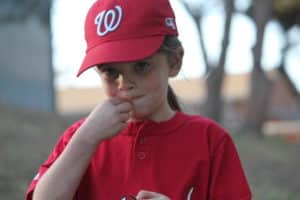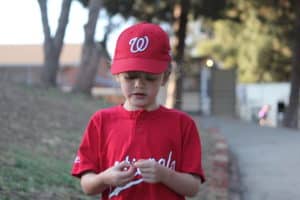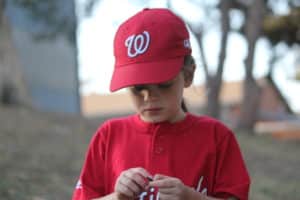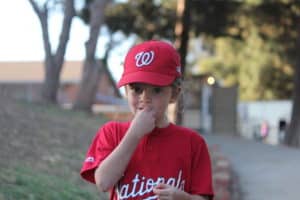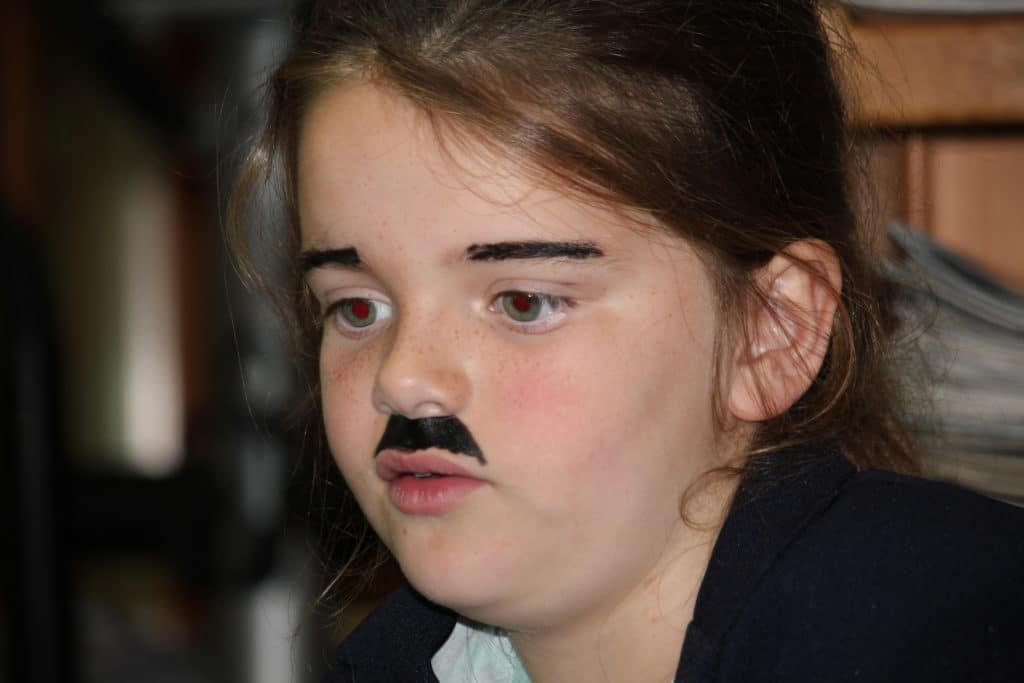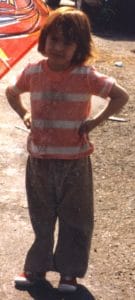
Poor American Women
Insider’s Perspective
Poor American women give us an inside look at what it means to be poor. By providing in insiders view to poverty in America, I hope to bring understanding instead of criticism.
Redefining poverty
Poverty has many definitions; however, whether defined by academics, lexicons of government institutions, or the media, each definition is missing one very critical element: the subjective experience of being poor.
Poverty not just about money
Poverty is more than just not having money, food, and shelter. It is more than a list of lacks. It is about carrying burdens and navigating systems that should be helping but not always are. It is the way the world looks at you, and the way you look at the world. I hope to illuminate these meanings in this series.
My story too
I am compelled to give voice and tell the insiders story about poverty, because I grew up poor, and my understanding and experience went beyond not having my basic needs met. It included inadequate medical care, deprivation of safety — physical and mental — a demeaning lack of clean clothes, poor nutrition, looming violence, transience, precarity, and invisibility.
Deprivation
This experience motivated me to risk my own vulnerability to show what poverty feels like.
I lived the majority of my childhood and adolescence on the financial brink. But this is not a “rags to riches” story about one Latina girl who “beat the odds.” It’s not just my story to tell, but also the story of many other Latinas.
I want to dispel the ubiquitous stereotypes ramped up in today’s political climate, used as currency in political dialogues and debates — stereotypes conveyed as truths, breeding frenzy and rhetoric that Latinos do not value education (or are ruining education for others); that they are lazy and don’t want to participate in life beyond their communities; that they are a menace to the safety of others. This is not who I am nor is it part of my cultural experience.
Counter-stories are critical
Narratives
To gather data and tell this counter story, I interviewed 10 women. The research included looking at report cards, historical photographs, and geographical maps of their neighborhoods, cumulative files from schools, letters of recommendation, athletic awards, and school yearbooks.
Historical documents
Each of these documents yielded a richer and deeper understanding of the person I was interviewing and gave me a front seat into what poverty looked like, smelled like, and felt like to these women. With these documents, they gave me a personal tour through their neighborhoods, shared their religious and cultural rituals, their work and consumer habits, their family dynamics and their family dinners.
Into their lives
Our intimacy included tears; we shared stories that actually helped us laugh through the pain of what it felt like to be poor. What more could I ask for? With them I was an insider.
Traditional historical research
Historically, stories about marginalized groups of people are told from an outsider’s perspective. The writer — be it a journalist, psychologist, sociologist, anthropologist, or other expert — observes, perhaps seeks to engage in, the lived experience and tell the story from his or her embedded, personalized view.
Huge gaps of missing information
Although this is the standard format for most media, textbooks, and others sources of information, such views can sacrifice the nuanced nature of the lives of others, the complexity of relationships, and the presumed level of trust established between the writer and the written about.
Honoring their story
The counter story assumes the importance of the people being written as the experts in telling their own story. The insider recites her story through her own self-awareness, contact, and life realities. The protagonist becomes the narrator.
The Women
The criteria for the study was that the women had to have experienced poverty at some point in their lives, had to identified as Latina/Chicana or Mexican, and either held a doctorate degree or was in the process of earning a doctorate. In this first installment, I will introduce the women who will tell the story.
Luna
Luna was, at the time of this interview, completing her Ph.D. at UCLA. She was raised by a single parent, her father, who was of Mexican origin. Luna’s father was an immigrant worker in The Bracero Program, a guest worker program that ran from 1942 to 1964, bringing laborers to the United States in an effort to address labor needs that emerged as a result of World War II.
Luna grew up in poverty and was the first member of her family to attend college. Luna planned to use her Ph.D. as a revolutionary tool for embracing humanitarian principles and creating change for those with the least access to power.
Violeta
Violeta was born in Tijuana, Mexico, and arrived in the United States as an undocumented child at the age of four with her parents and sister. Her parents later had two more children in the U.S. She and her family struggled through poverty, deprivation, and social marginalization.
In 2010, Violeta earned her doctorate from an internationally renowned university. Both her parents had sixth-grade educations from rural Mexico; thus, Violeta was the first in her family to graduate from middle school and then high school. She also held a master’s degree in education from a private university in Northern California. Violeta lived her early childhood, adolescence, and early adulthood in poverty.
Carmen
Carmen had already earned a doctoral degree and was currently balancing motherhood and working as a senior research associate. She was born to immigrant parents and raised in Los Angeles. Although her family lived with financial limitations, she did not associate shame or inferiority with her humble upbringing. Hard work and dignity were always part of her values and vision for life.
She regarded her working-class background as a source of strength and perspective on a daily basis. She lived her early childhood, adolescence, and early adulthood in poverty.
Monica
Monica was born and raised in San Gabriel County by a single mother. She moved from place to place, from family to friends’ houses following a stepfather who was a migrant farm worker. Despite frequent moves, Monica excelled in school both socially and academically. She lived her early childhood, adolescence, and early adulthood in poverty.
Patricia
Patricia held a doctoral degree and, at the time of this study, was an assistant professor at a Cal State University. She was born in Los Angeles and raised in Orange County by her immigrant parents. She considered her schooling to be very good and had been prepared and tracked to got to college, although she was one of a few Latinas on a college track. She lived her early childhood in poverty, but moved into middle class as she entered elementary school.
Susana
Susana was born in South Central Los Angeles and was raised by hard-working immigrant parents. Although her family struggled financially, she was inspired by the dedication and sacrifice her parents made everyday as they worked long hours in sweatshops not only to survive, but also to save enough to make their entrepreneurial dream of owning a tiendita [a small family store] a reality.
Their drive greatly impacted and inspired Susana as she moved through the educational pipeline. Susana held a bachelor’s degree in political science, a master’s degree in education, and — at the time of this study — was a third-year doctoral student at UCLA. She had attended school in a predominately Latino neighborhood, where one distinguished oneself from the “really poor” by wearing brand-named clothes. She lived in the heart of where the 1992 Los Angeles Riots — renamed the LA Uprisings by social justice practitioners — took place and remembered the billowing smoke that enveloped her neighborhood. She lived her early childhood, adolescence, and early adulthood in poverty.
Consuelo
Consuelo was a doctoral candidate in the midst of her dissertation research. She was born and raised in California’s Central Valley (Kern County) by her immigrant parents. She lived her early childhood and middle childhood in poverty. As the daughter of farm working parents, Consuelo spent some summers assisting her parents in the fields.
Being the oldest daughter, she later bore the responsibility of taking care of her two younger siblings. While her two older brothers worked the fields along side their parents after school, she spent afternoons taking care of her younger brother and sister and cooking and cleaning the home. Although her parents worked hard to make ends meet, she felt secure because her grandparents lived right across the street, and she could always run across the road if she needed anything.
As a student, Consuelo always did well in school. Her older brother, who was the first in her family to attend a university, motivated her to do well in school to prepare to attend a university. Both her parents’ sacrifices working the fields and her brother’s example drove her interest in pursuing a university education. She lived her early childhood and middle childhood in poverty.
Maria
Maria was born in Guatemala and immigrated to the United States at 15. Her family was forced to immigrate to the U.S. due to the civil war, which raged from 1960-1996 among factions associated with the government, right-wing paramilitary organizations, and left wing insurgents.
In going north, her family sought to escape poverty, fear, and the violence of war. As an undocumented immigrant, she did not escape fear and in poverty, but she and her family always chose to stay positive and focus on the values important to them, such as education, hard work, family, and contributing to society in a positive way.
She had been a college professor in both private and public universities and was, at the time of this study, completing her doctoral dissertation. Her passion was to work with low-income and minority students and their families so that they could achieve their goals and dreams just as she was.
Vanessa
Vanessa was a 32-year-old Chicana transfer student pursuing her doctoral degree at a major research university. She was born in San Diego, California, and raised in the City of Riverside by her parents, grandmother, and relatives.
Born into a military family, Vanessa had lived her early childhood in family housing at the Naval Air Station in New Orleans, Louisiana. Although she had lived in military housing, Vanessa’s early memories were of her parents working multiple jobs and spending numerous hours in the base child care program.
As her family made its way to California, her parents were able to cut back on the number of jobs they had, but nonetheless commuted countless hours around the Southern California area. This arrangement continued throughout her adolescence and early adult life.
Vanessa was not truly aware of her family’s status until her father retired from the military. From then, her family struggled to maintain consistent work and was underemployed for several years. During this time, her mother also struggled to find regular work, which pushed Vanessa to start working at 15 years old.
As Vanessa moved into early adulthood, her family continued to struggle and eventually lost its family home of 18 years. Without a home and living with relatives, Vanessa carried multiple jobs while attending college full time. One of her motivations for completing college was to never become homeless again.
For several years, Vanessa lived on her own and found ways to make ends meet. As such, she continued to be self-aware of the different opportunities her peers had, like playing sports, traveling, and participating in school activities — opportunities she missed due to the lack of transportation and the unavailability of her parents.
Her work ethic derived directly from seeing her parents struggle financially and experiencing hardship around basic needs. She lived her early childhood, adolescence, and early adulthood life in poverty.
Shalah
Shalah could not identify a specific time that she and her family had lived in poverty but recalled getting food stamps and free and reduced-price lunch in early elementary school.
Raised in the glow of her parents’ aspirations and sacrifices, Shalah was always aware that she had the responsibility to make her parents proud of her. She had witnessed the ganas (perseverance) and lucha (drive) that her parents would devote day in and day out to make their small business flourish in order to raise their children in an economically stable and supportive home. Therefore, Shalah was the product of immigrant dreams, struggles, and love.
Ten Women
These ten women shared several commonalities with me — a thread weaving through the story not only of their lives, but also of the lives of the people around them. Racial identification would follow them as they navigated through the corridors of high school and sat as the “only Latina” in their college classes. Their experiences of being poor would linger in their minds as they set and reset goals with each new barrier and challenge.
The next installment in the series is: Understanding Poverty from the Inside: Defining Poverty.
#thoughtleader #phdmama #2moms2kids #consciouslydrivencontent #LAuprising #latinx #2moms2kids #bah #latinx #LA #chicana
Follow Angelica V. Hernandez, Ph.D. on Twitter:
Angelica V. Hernandez, Ph.D.
Instagram: 2moms2kidstv
Twitter: @2moms2kidstv
Facebook: 2moms2kids
